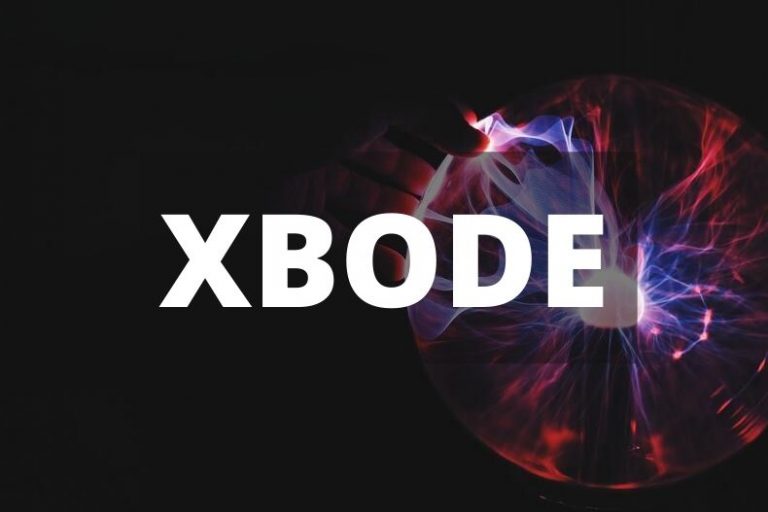Understanding Blockchain Technology: Decentralized Trust and Data Integrity
Blockchain technology is now a ground-breaking idea in the quickly evolving digital world. Blockchain’s fundamental component is a decentralized, open digital ledger that guarantees the security and integrity of data across numerous applications. To guide the future of finance, data management, and other areas, it is essential to comprehend how this technology operates and its potential effects.
Peer-to-peer and decentralized networks
The core of blockchain innovation, which redefines conventional systems, is decentralization. There is no central authority in a peer-to-peer network; instead, numerous users (called nodes) work together to complete tasks.

This architecture enhances security and resilience, as no single point of control exists. Before adding additional blocks to the chain, transactions are confirmed using consensus procedures like Proof of Work or Proof of Stake to ensure participant agreement. The foundation of decentralization, the peer-to-peer network, continues to reinvent how we establish trust and control the flow of information in the digital era.
The Block Structure
The block forms the fundamental building block of blockchain technology. It encapsulates a group of transactions, creating a secure and interconnected chain. Each block contains a unique identifier, a timestamp, and a cryptographic hash of the previous block, forming a chronological sequence that ensures data integrity and immutability.
This linked structure establishes trust among participants, as altering any information in a block would require altering subsequent blocks across the entire chain – a virtually impossible feat due to cryptographic hash functions. This innovative architecture, coupled with decentralized consensus mechanisms, has propelled blockchain beyond traditional databases, enabling applications in finance, supply chain, healthcare, and more.
The evolving blockchain landscape
As blockchain technology matures, it’s breaking new ground beyond its cryptocurrency origins. Interoperability solutions are fostering seamless communication between different blockchain networks, enabling efficient data and asset transfers.
This innovation is further facilitated by layer-2 scaling solutions, addressing the longstanding scalability issue. The convergence of blockchain with the Internet of Things (IoT) is reshaping industries, enabling secure and transparent data exchange across devices. The integration of virtual reality through websites such as Decentraland Price has led to increased use of cryptocurrency. The tokenization of assets is gaining traction, revolutionizing traditional finance and opening doors to fractional ownership.
Governments and enterprises collaborate to establish regulatory frameworks, balancing innovation with security and compliance. As the landscape continues to evolve, ongoing research and development are pivotal to harnessing blockchain’s full potential across diverse sectors.
Data integrity and security
Through cryptographic techniques like hashing and digital signatures, blockchain ensures that once data is recorded, it becomes immutable and resistant to unauthorized alterations. As any attempt to change past data is immediately discovered across the decentralized network, this immutability offers a high level of trust.
Each block’s hash value is connected to the block before it in a chain that cannot be broken, ensuring the accuracy of the entire transaction history. Additionally, the danger of failure or data loss is decreased by the decentralized structure of blockchain technology and the fact that data is replicated across several nodes. This redundancy enhances resilience against attacks and data breaches.
The transparent and consensus-based approach to recording data also fosters accountability and reduces the likelihood of fraudulent activities. In an era of escalating cyber threats, blockchain’s emphasis on data integrity and security stands as a foundational pillar of its innovation.
Regulatory and legal considerations
play a pivotal role in the adoption of blockchain technology. As this decentralized system disrupts traditional norms, defining its legal status becomes paramount. Challenges emerge around digital identities, privacy, and jurisdictional boundaries.
Smart contracts, although innovative, raise questions about enforceability and liability. The need of striking a balance between openness and observance of data protection laws cannot be overstated. The evolving nature of blockchain technology requires adaptive legislation that fosters innovation while safeguarding users and maintaining the integrity of financial and digital systems.
In conclusion, blockchain technology revolutionizes trust through decentralization and unalterable records. Its applications across diverse sectors showcase its transformative potential. Embracing blockchain can reshape industries and enhance data reliability.







